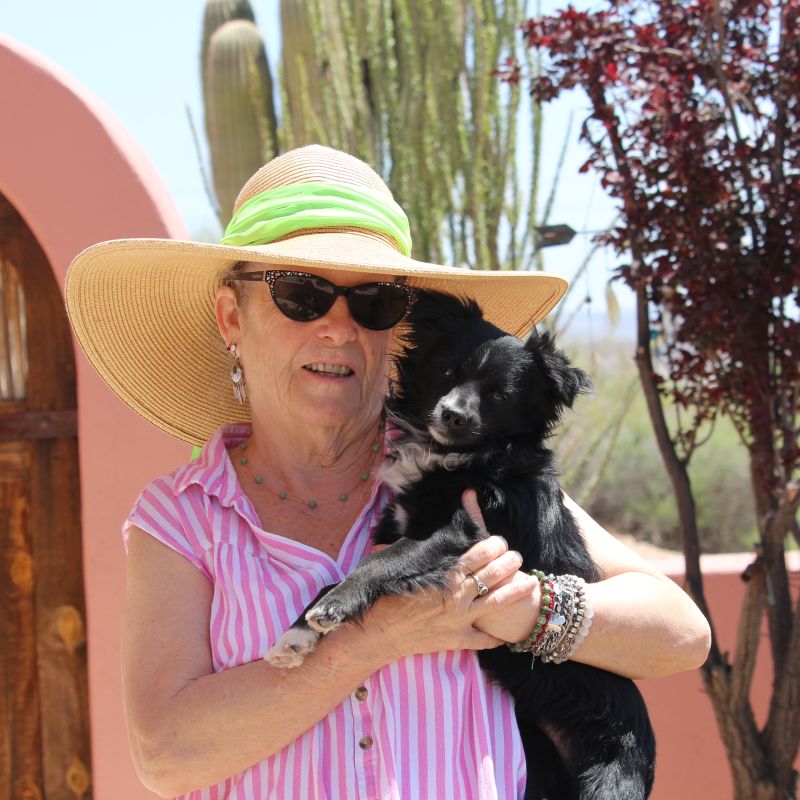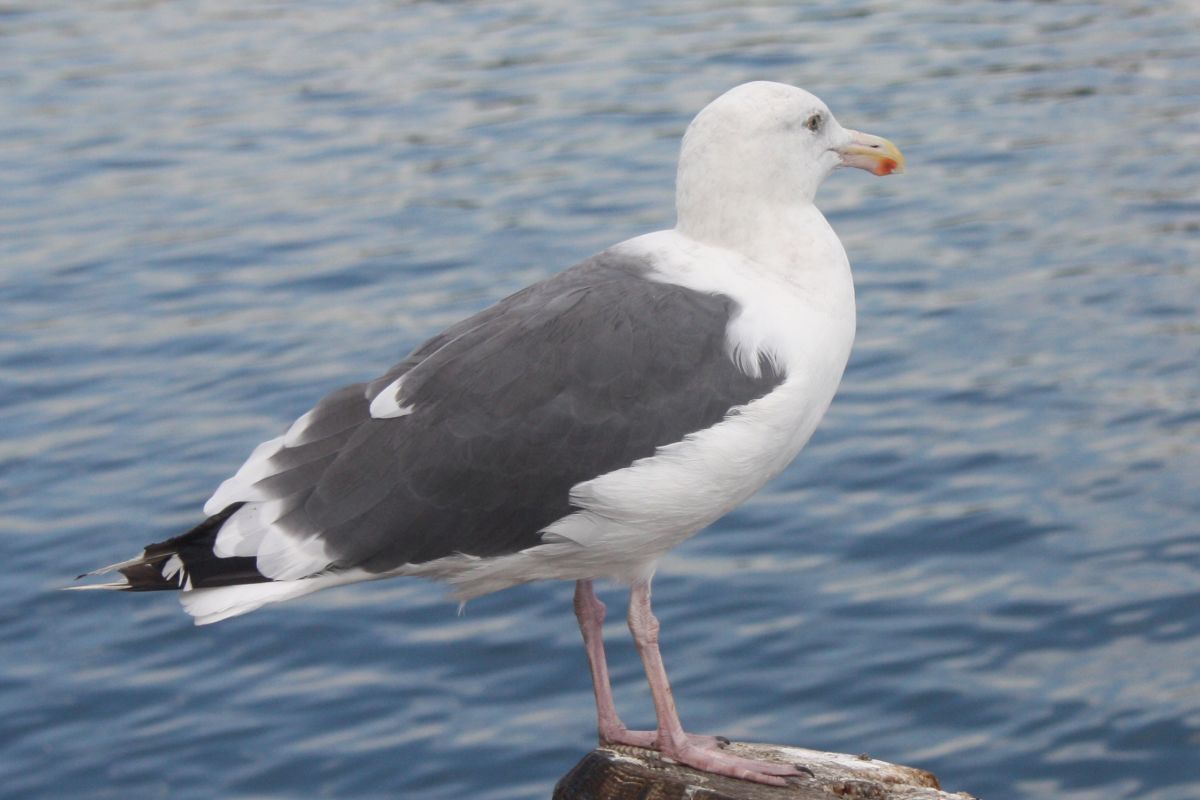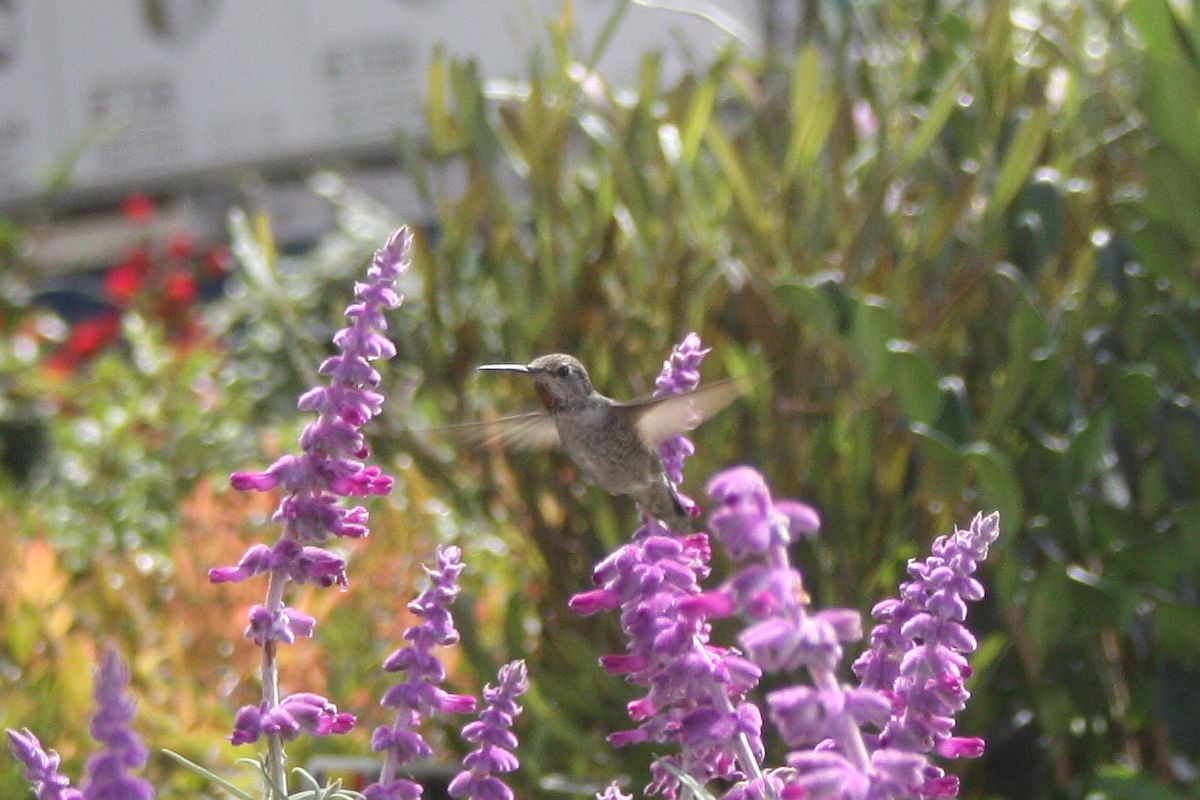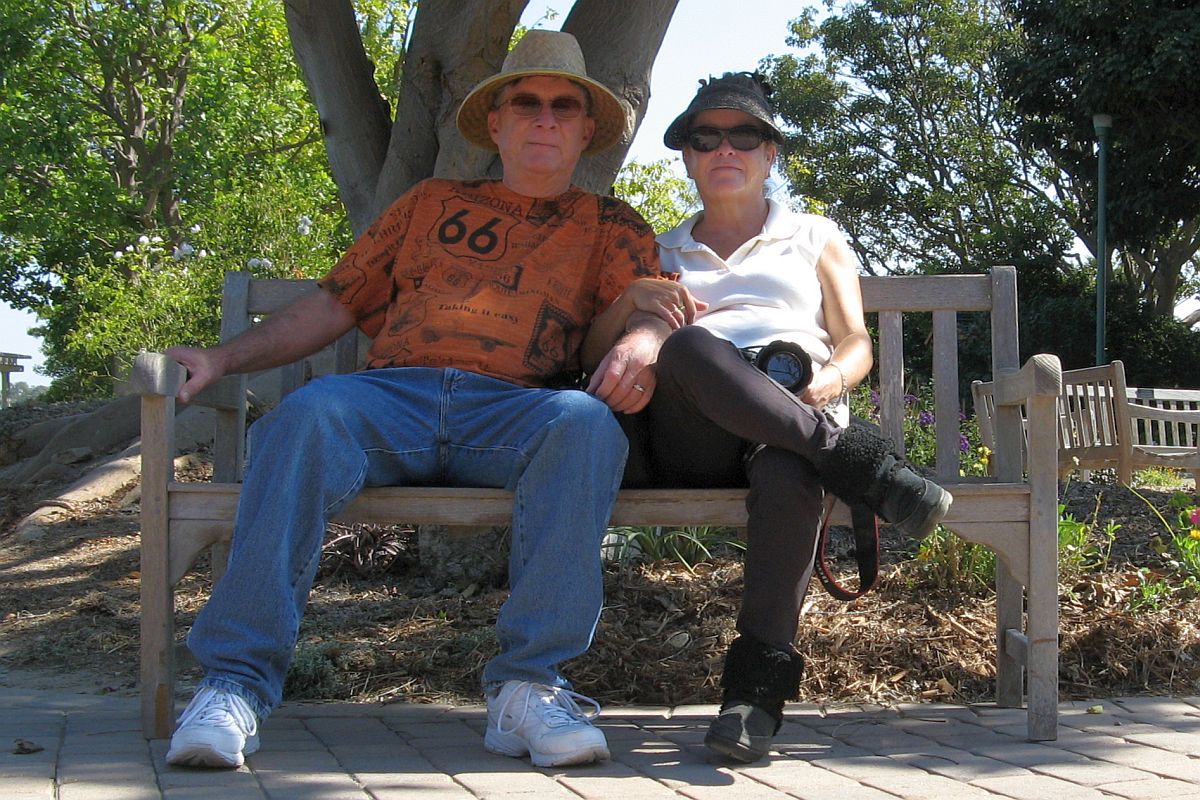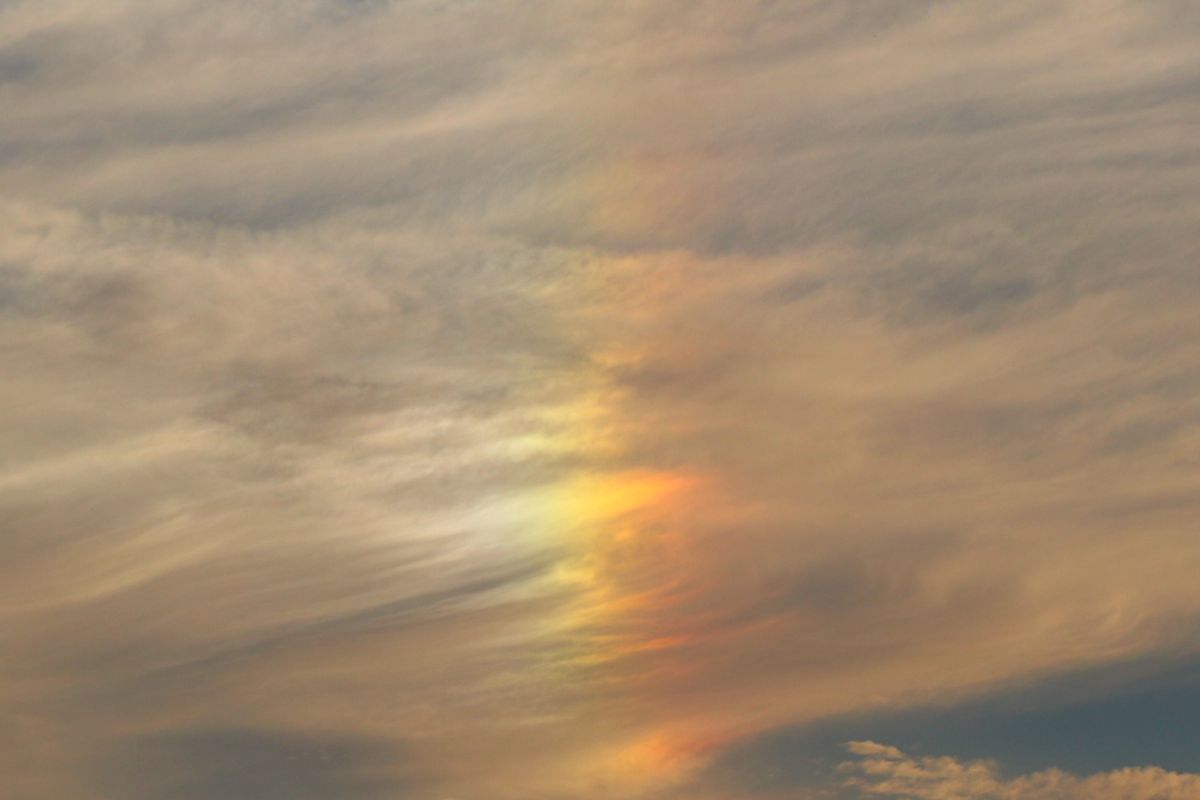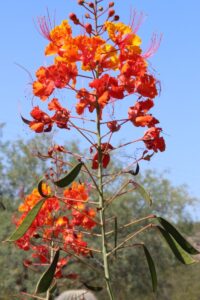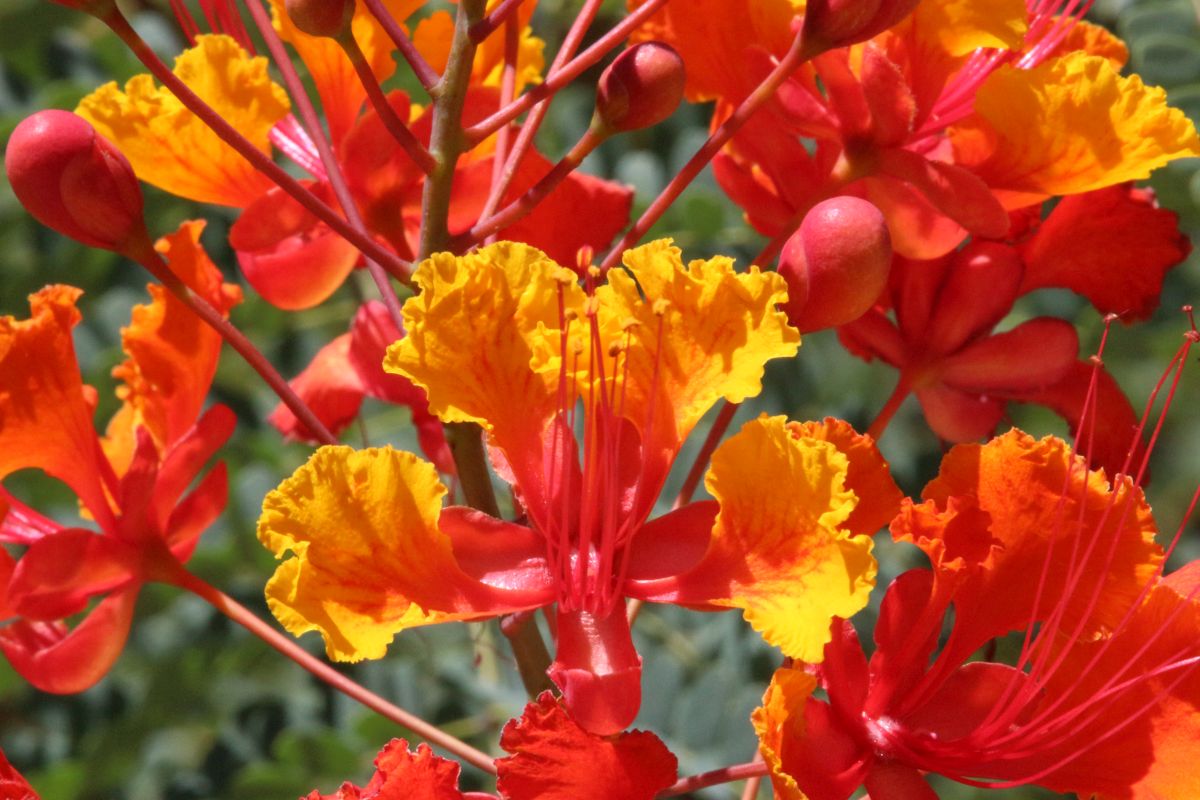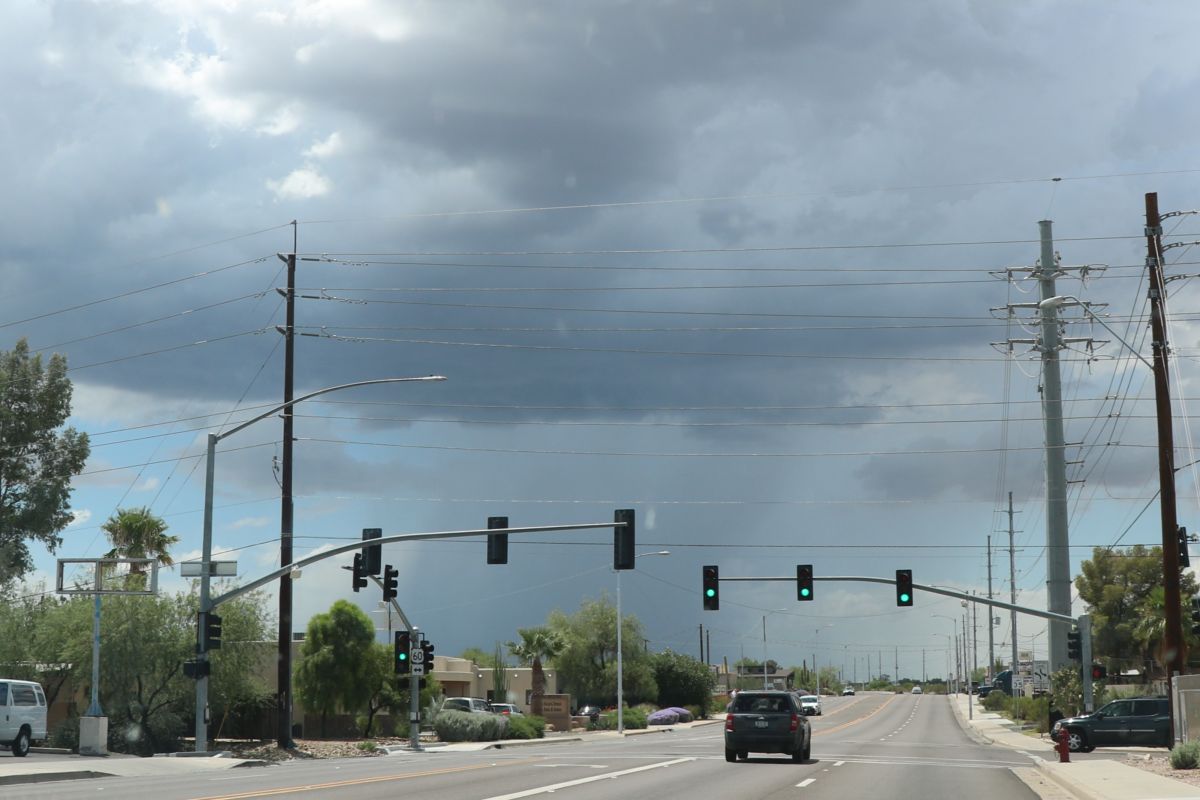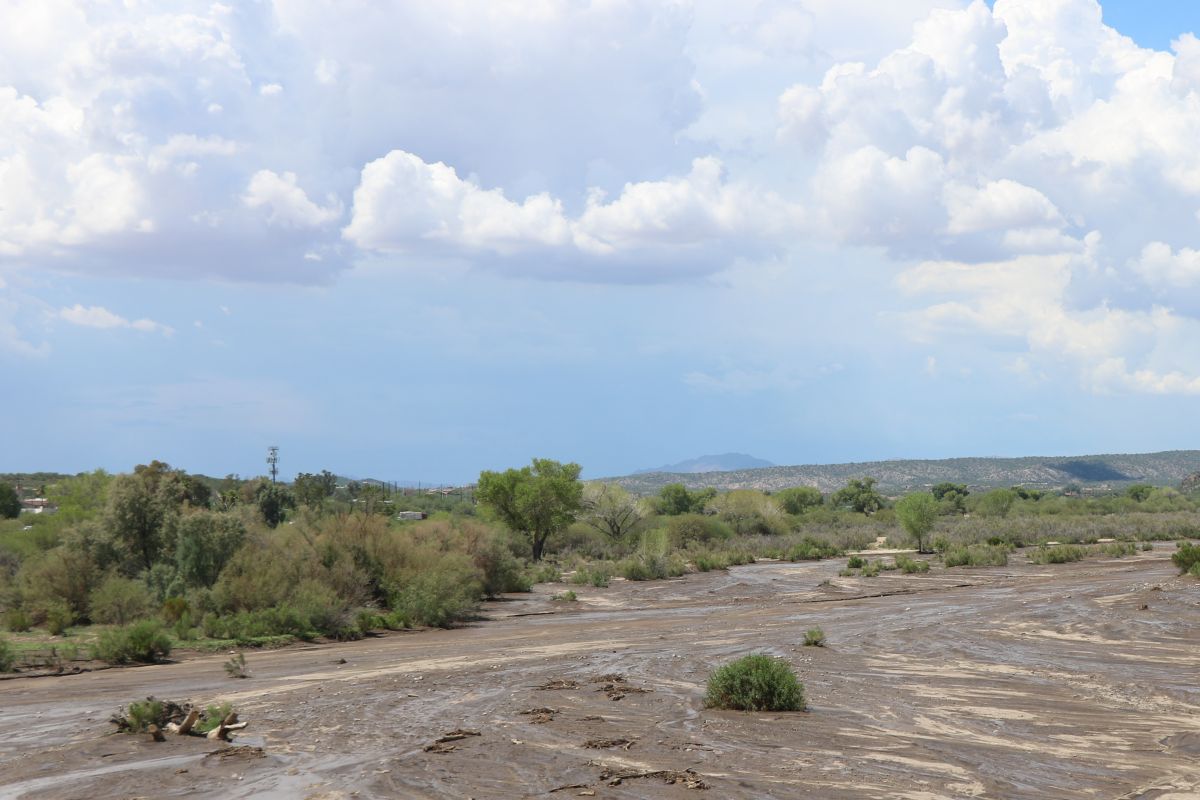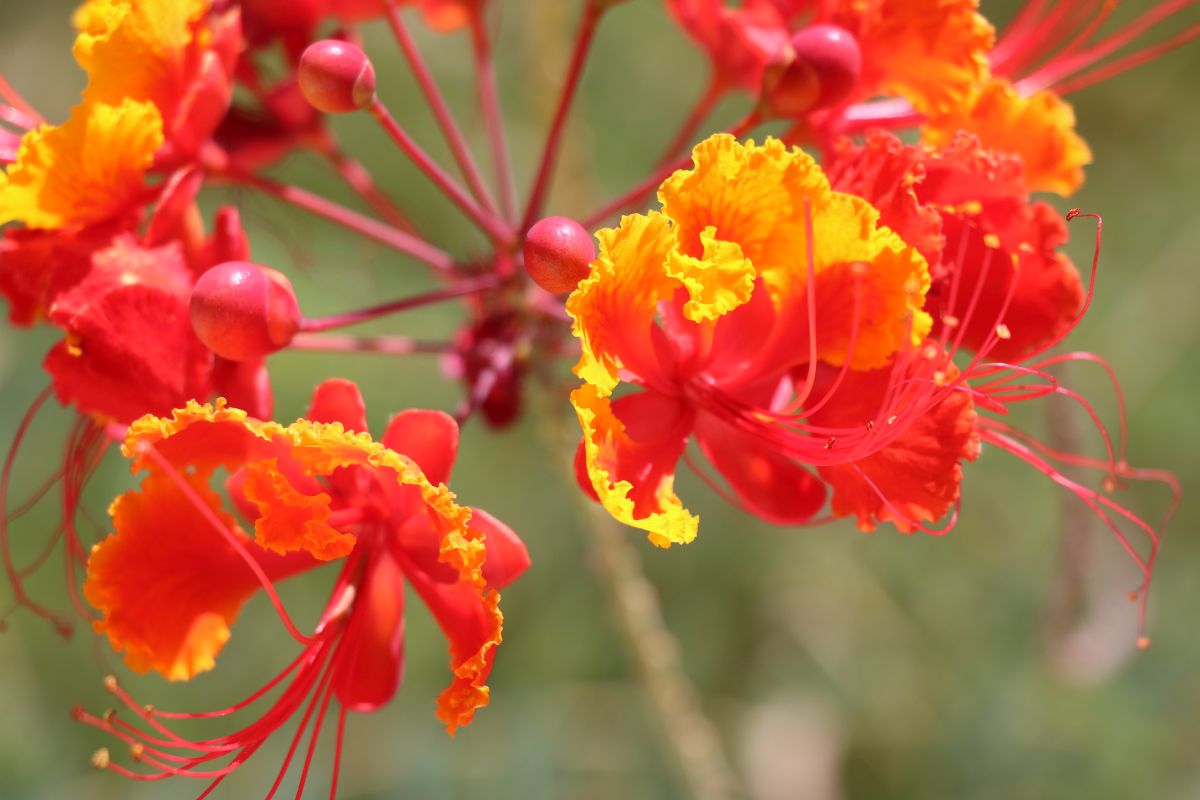
It’s that time of the fall when the Red Bird Of Paradise (Pride of Barbados) shrubs in the courtyard are about through with their production of gorgeous flowers (and pea pods). Within the next few days, we will be cutting them back to the ground for the winter. However, they will be back by next late May or early June for another colorful season.
The image above (click to enlarge) is of some of the last flowers on one of the shrubs. Canon EOS Rebel T6i, 1/1024 sec, F5.6, ISO 250, EF-S18-135mm lens @89mm.
More about these flowering shrubs from Wikipedia:
Caesalpinia pulcherrima is a species of flowering plant in the pea family.
It is a shrub growing to 3 m tall. In climates with few to no frosts, this plant will grow larger and is semievergreen. Grown in climates with light to moderate freezing, plant will die back to the ground depending on cold, but will rebound in mid- to late spring. This species is more sensitive to cold than others. The leaves are bipinnate, 20–40 cm long, bearing three to 10 pairs of pinnae, each with six to 10 pairs of leaflets 15–25 mm long and 10–15 mm broad. The flowers are borne in racemes up to 20 cm long, each flower with five yellow, orange, or red petals. The fruit is a pod 6–12 cm long.
UPDATE 10/07/2022: One down, two to go. There are still viable flower pods opening on the remaining two shrubs, so they will be there for another week or two.
UPDATE 10/16/2022: We took advantage of a break in the weather (we’ve been getting some rain) and removed shrub #2 and part of shrub #3 this morning. We don’t usually do chores on the Lord’s Day, but the whole operation took less than half an hour, so I guess we’re going to be OK with it.
UPDATE 10/17/2022: Verna and I finished off the removal of the last Red Bird shrub today. The courtyard now has only the bottlebrush shrubs which are winter hearty in this climate. There was one last cluster of flowers still remaining on the last red bird.
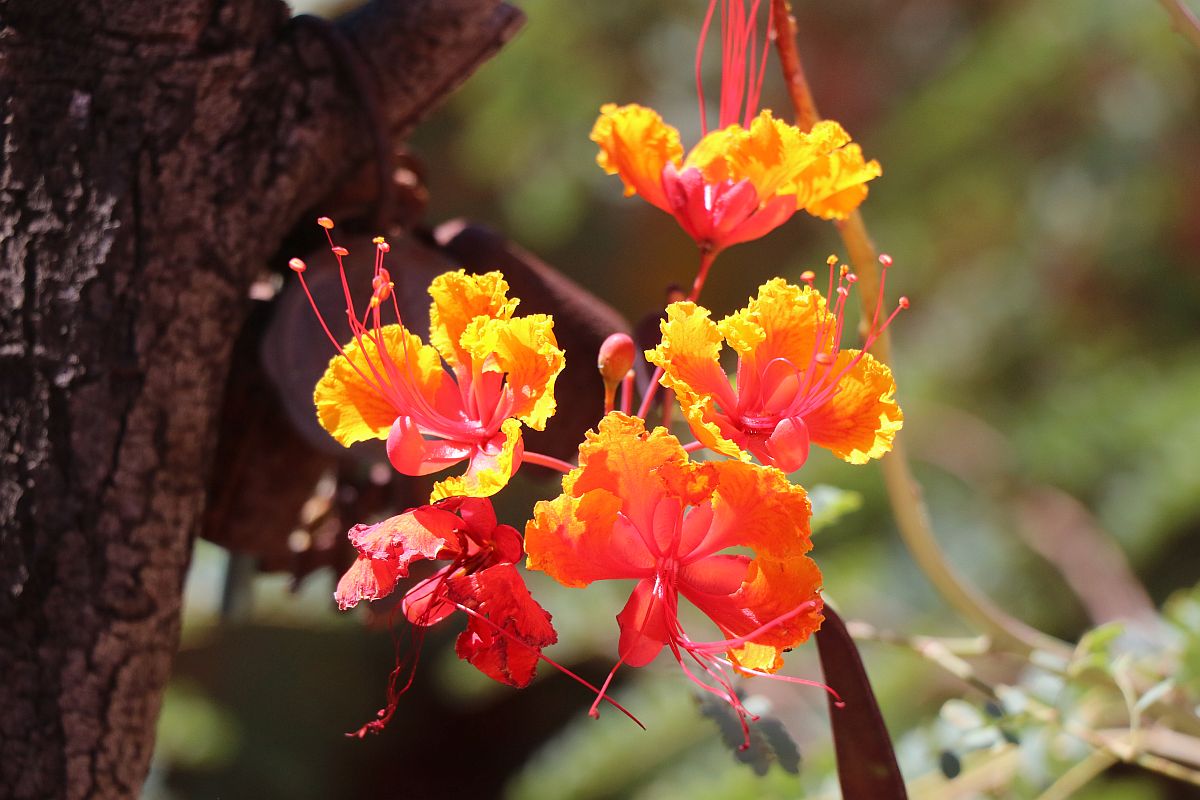
So, with this last (clickable) image, we say good-bye until spring to these beautiful flowers.

